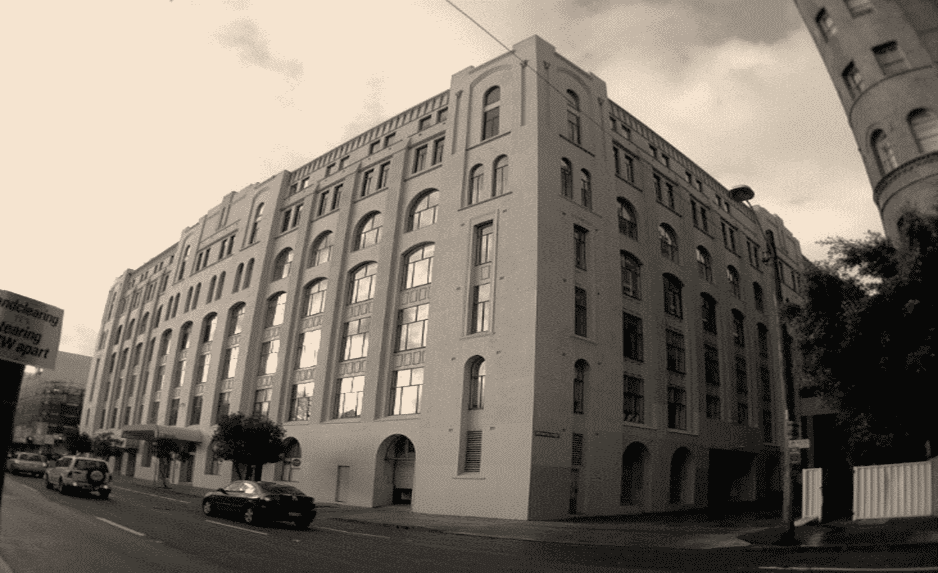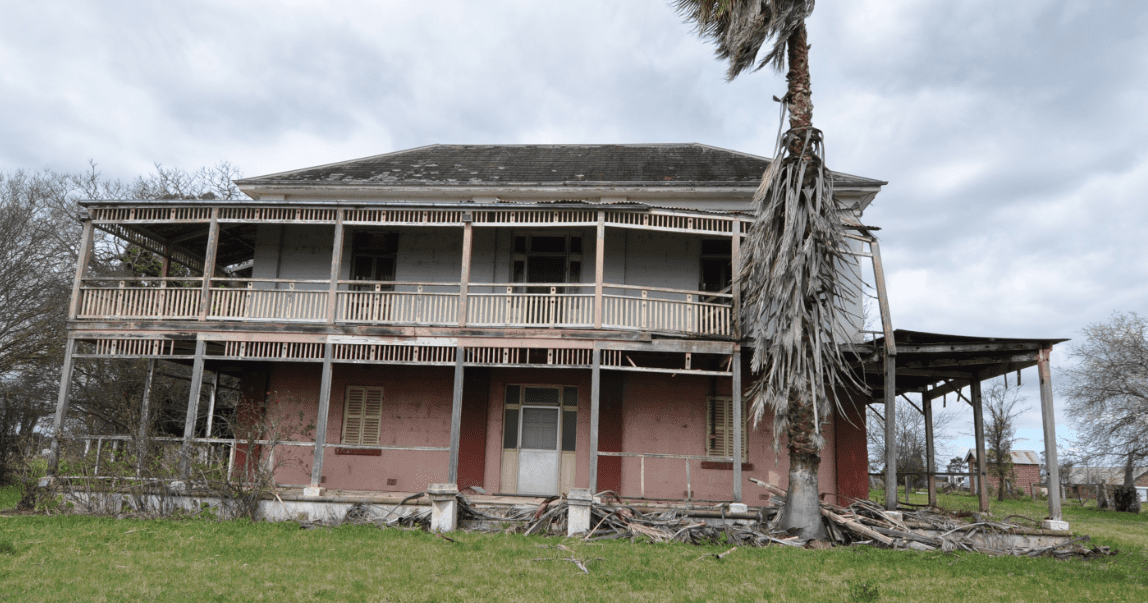Professional Associations
 The financial challenges to preserve Cultural Built Heritage (CBH) are extensive and substantial and they are not easily quantifiable. They reflect the costs and restrictions arising from protecting heritage which are above and beyond the usual costs for protection.
The financial challenges to preserve Cultural Built Heritage (CBH) are extensive and substantial and they are not easily quantifiable. They reflect the costs and restrictions arising from protecting heritage which are above and beyond the usual costs for protection.
A clear distinction needs to be made between the possibility of above-average costs originating from a large number of historic buildings and the costs of simply having the status of Heritage Listing.
For listed buildings that are affected, they face additional financial cost even if they are generally in good condition. This extra expense (effort) results in more than just the development of conservation plans, immediate restoration measures or the adaptive re-use design for which there are specific standards and conditions that must be met. They go above and beyond the actual heritage designation.
It is precisely because owners do not exclusively benefit from conserving CBH i.e. having to bear their costs alone, that there is the danger of the CBH being only minimally protected. This too depends on the respective local government cash position which can vary tremendously from one LGA to the next. It also depends to a large extent on community attitudes.
From the standpoint of advancing heritage policy, it follows that owners and local councils be financially enabled and that the extra financial burden placed upon them as a result of the listings be recognised. Communities should assume discretionary responsibility for the extended area of heritage protection alongside other voluntary duties. In the wake of ever diminishing government spending on CBH, the shared cost burden is the only way forward. Future State and local government policy needs to be guided along such lines.
This blog adopted from: Safeguarding and Further Developing World Heritage Cities – Position Paper 2013. Organization of World Heritage Cities.
Paul Rappoport – Heritage 21 – 17 April 2014
Related Articles

Incentivising Ownership of Heritage Buildings
In response to the recent enquiry by the government relating to the NSW Heritage Act, I made the following recommendation.…
Read more
Does the NSW Heritage Act Reflect the Expectations of the NSW community?
In the recent NSW Heritage Act inquiry, I submitted a series of recommendations to the government seeking community response in…
Read more
A New Heritage Council for NSW
In the recent NSW Heritage Act inquiry, I submitted a series of recommendations to the government seeking community response in…
Read more
Heritage has become increasingly Litigious, Mysterious and Flaccid
I have been practicing as a heritage architect in NSW for the last 30 years and during that time, I…
Read more

Need help getting started?
Check out our guides.

Complete the form below to contact us today.








